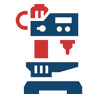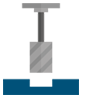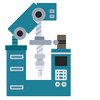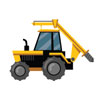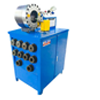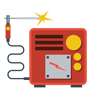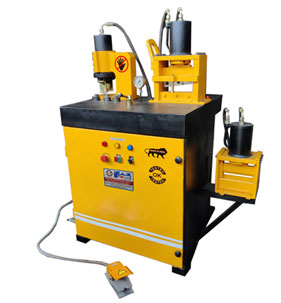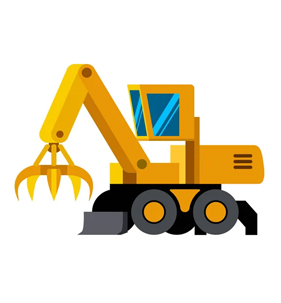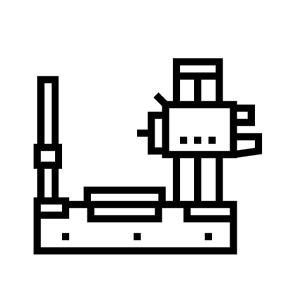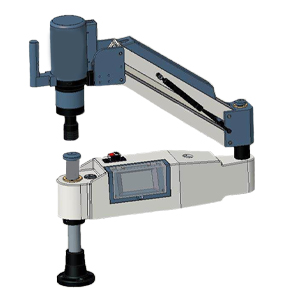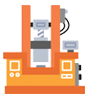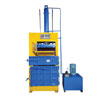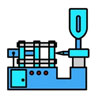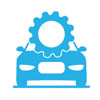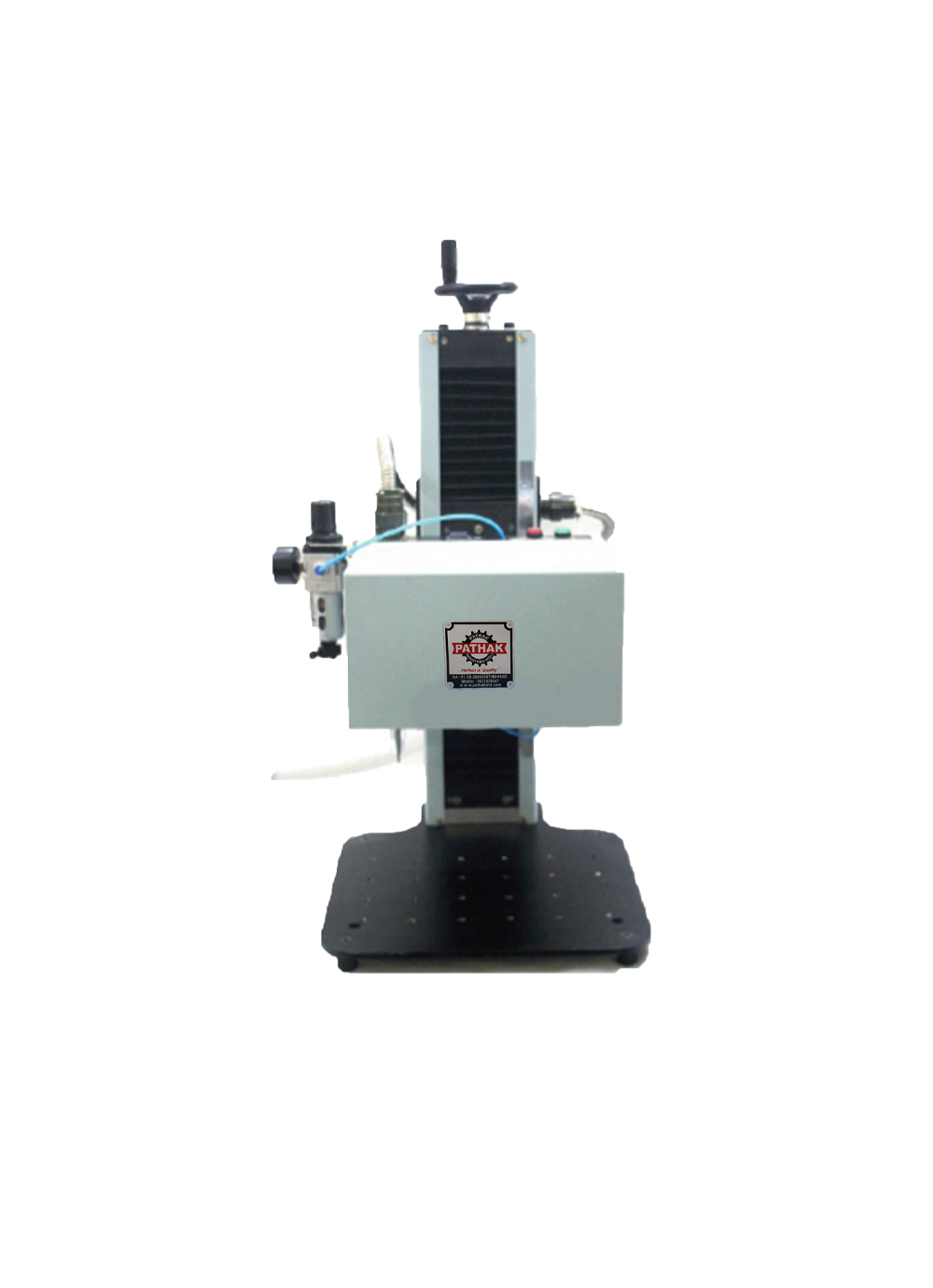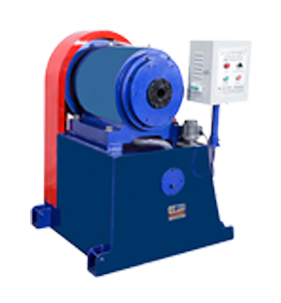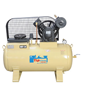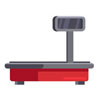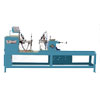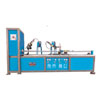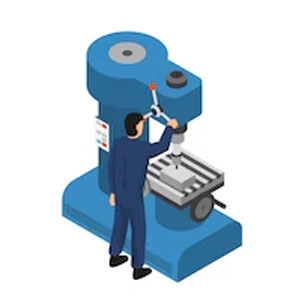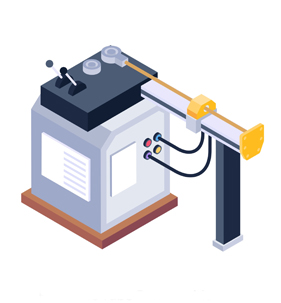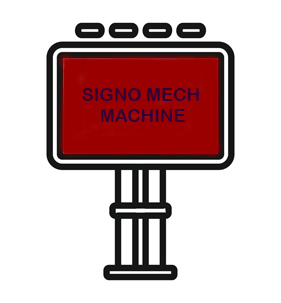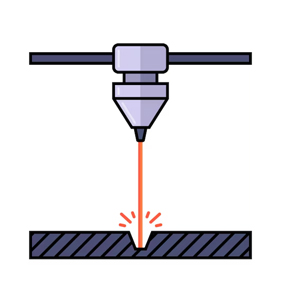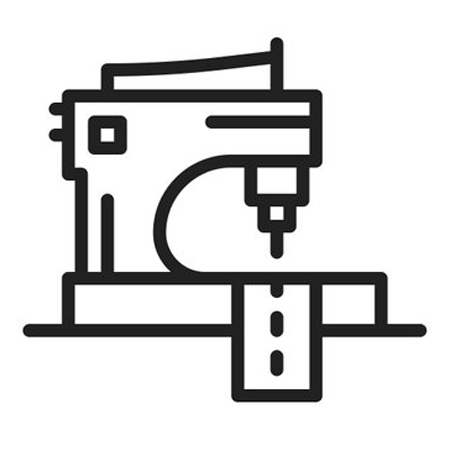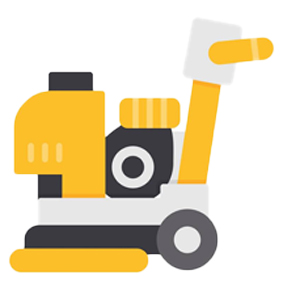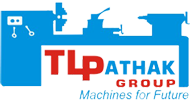Key Features and Components of a Hydraulic Hose Crimping Machine
Published On: Jun 05, 2023 by Pathak

Key Features and Components of a Hydraulic Hose Crimping Machine
Introduction:
Hydraulic hose crimping machines are essential tools for creating reliable and leak-free hose assemblies. To understand their functionality and capabilities, it's important to familiarize yourself with the key features and components of these machines. In this blog, we will provide a comprehensive overview of the essential features and components found in hydraulic hose crimping machines.
1. Crimping Head:
The crimping head is a critical component of a hydraulic hose crimping machine, responsible for creating a secure and permanent connection between hydraulic hoses and fittings. It consists of several key elements that work together to achieve precise and reliable crimping results.The crimping head includes a die set, which consists of a series of crimping dies. These dies are designed to match specific hose sizes and fittings. They are typically made of durable materials such as hardened steel to withstand the high forces involved in the crimping process. In many hydraulic hose crimping machines, the crimping head features a quick change system. This allows for easy and efficient swapping of die sets, enabling operators to switch between different hose sizes and fittings rapidly. Quick change systems save time and increase productivity, particularly in applications that require frequent hose size changes.Proper organization and storage of the crimping dies are essential. Hydraulic hose crimping machines often include storage compartments or racks specifically designed to hold the dies. This ensures that the dies are readily accessible, well-protected, and properly organized for efficient workflow.
Regular maintenance and occasional servicing of the crimping head are important to maintain its optimal performance. This may involve lubrication, cleaning, and inspection for wear or damage. Clear instructions and easy access to the crimping head contribute to its serviceability, allowing operators to perform maintenance tasks effectively.
By understanding the details of the crimping head in a hydraulic hose crimping machine, operators can ensure proper selection, maintenance, and utilization of the machine, ultimately resulting in secure and reliable hose assemblies.
2. Pump Unit:
The pump unit is a vital component of a hydraulic hose crimping machine, responsible for generating the hydraulic pressure required to operate the crimping head. Here are some key details about the pump unit.
The pump unit typically consists of a hydraulic pump, motor, reservoir, and control valves. The hydraulic pump is responsible for pressurizing the hydraulic fluid, which is then transmitted to the crimping head to apply the necessary force for the crimping process. The pump can be operated by an electric motor or an engine, depending on the specific machine configuration.The reservoir holds the hydraulic fluid and ensures a constant supply for the pump. It allows for fluid circulation and cooling, preventing overheating during prolonged operation. The reservoir may have a sight glass or level indicator for easy monitoring of the fluid level.Control valves are incorporated into the pump unit to regulate the flow and pressure of the hydraulic fluid. These valves allow operators to adjust the pressure based on the hose size, fitting type, and desired crimping force. They provide control and flexibility during the crimping process, ensuring optimal results.
The pump unit may also feature safety mechanisms such as relief valves to prevent over-pressurization and protect the system from damage. These valves release excess pressure when it reaches a specified limit, safeguarding both the machine and the operator.Maintenance of the pump unit is crucial to ensure its optimal performance. This may involve periodic checks, lubrication, and filter replacements to keep the hydraulic fluid clean and free from contaminants. Following manufacturer recommendations and guidelines for maintenance procedures is essential for the longevity and reliability of the pump unit.
By understanding the details and importance of the pump unit in a hydraulic hose crimping machine, operators can ensure proper operation, maintenance, and longevity of the machine, resulting in efficient and precise hose assembly production.
3. Control Panel:
The control panel of a hydraulic hose crimping machine is a crucial interface that allows operators to interact with and control the machine. Here are some key details about the control panel.
The control panel typically consists of various controls, indicators, and settings that facilitate the operation of the crimping machine. It may include pressure adjustment knobs or buttons, crimping cycle controls, emergency stop buttons, and indicator lights for power and pressure status.Pressure adjustment knobs or buttons enable operators to set the desired crimping pressure based on the specific hose and fitting requirements. This allows for precise control over the crimping process, ensuring consistent and reliable results.Crimping cycle controls on the control panel allow operators to initiate and manage the crimping process. They may include buttons or switches to start, stop, or pause the crimping operation. These controls help streamline the workflow and enhance operational efficiency.Emergency stop buttons are essential safety features incorporated into the control panel.
They provide an immediate means to halt the machine's operation in case of any emergency or hazardous situation, ensuring the safety of both the operator and the machine.Indicator lights on the control panel provide visual feedback on the machine's power status and hydraulic pressure. These indicators assist operators in monitoring the machine's operation and identifying any potential issues or abnormalities.
Understanding the functions and features of the control panel is crucial for operators to effectively operate the hydraulic hose crimping machine and ensure safe and accurate hose assembly production.
4. Hydraulic Hoses and Fittings:
Hydraulic hoses are flexible tubes designed to carry hydraulic fluid under high pressure. They are made of durable materials such as synthetic rubber and come in various sizes, lengths, and pressure ratings. Hydraulic fittings are connectors that attach to the ends of hydraulic hoses, facilitating the connection to other components. They come in different types, configurations, and materials, providing secure attachment and sealing. Proper selection of hydraulic hoses and fittings is essential for compatibility and reliable performance. Regular inspection and maintenance of hoses and fittings are important for preventing leaks and ensuring the integrity of the hydraulic system.
5. Crimping Force Adjustment:
Crimping force adjustment is a crucial feature of hydraulic hose crimping machines that allows operators to control the amount of force applied during the crimping process. Here are some key details about crimping force adjustment.
Hydraulic hose crimping machines often feature adjustable crimping force settings to accommodate different hose types, sizes, and materials. This adjustment ensures that the proper amount of force is applied to create secure and leak-free connections.The crimping force adjustment mechanism can vary depending on the specific machine model. It may involve pressure adjustment knobs, dials, or digital controls that allow operators to set the desired force level.
Operators need to consider factors such as the hose diameter, fitting type, and application requirements when adjusting the crimping force. The correct amount of force ensures a tight and reliable connection without damaging the hose or fitting.
It's important to follow manufacturer guidelines and recommendations for crimping force adjustment to ensure optimal results. Proper adjustment contributes to consistent and high-quality crimping, enhancing the overall performance and reliability of the hydraulic hose assemblies.
6. Dies and Die Storage:
Dies and die storage are essential components of a hydraulic hose crimping machine that ensure accurate and secure hose crimping. Here are some key details about dies and die storage:
Dies: Hydraulic hose crimping machines use a set of dies to crimp hoses onto fittings. Dies are designed to match specific hose sizes and fittings, ensuring a proper and secure connection. They come in various shapes and configurations, such as straight, angled, or multi-segmented, depending on the application requirements. Dies are typically made of hardened steel to withstand the high pressures involved in the crimping process. Proper selection and maintenance of dies are crucial to achieving consistent and reliable crimping results.
Die Storage: Hydraulic hose crimping machines often have storage compartments or racks dedicated to organizing and storing the dies. These storage systems keep the dies protected from damage and readily accessible for quick and efficient die changes. Organized die storage contributes to a smooth workflow and helps operators easily identify the correct dies for specific hose sizes and fittings. Clear labeling and a well-designed storage system enhance productivity and minimize downtime during hose assembly production.
7. Safety Features:
Hydraulic hose crimping machines are equipped with essential safety features to protect operators and prevent accidents. These features include an emergency stop button that instantly halts machine operation in emergencies, pressure relief valves that prevent over-pressurization, and safety guards to shield operators from moving parts. Clear warning signs and labels indicate potential hazards and provide safety instructions. Manufacturers also provide comprehensive training materials and operator manuals to ensure safe use of the machine. These safety features promote a secure working environment, minimize risks, and demonstrate a commitment to operator safety.
Conclusion:
Understanding the key features and components of hydraulic hose crimping machines is vital for choosing the right machine for your needs and ensuring safe and efficient operation. The crimping head, pump unit, control panel, hydraulic hoses and fittings, crimping force adjustment, dies, die storage, and safety features are all integral parts that contribute to the functionality and reliability of these machines. By familiarizing yourself with these components, you can make informed decisions when selecting and operating a hydraulic hose crimping machine.
Lastest Articles
-
Embracing NC Hydraulic Press Brake Technology in Middle East Factories
Being a prominent center for indust... -
What machines are used to set up an Electrical Modular Box Plant
Attention all aspiring entrepreneur... -
Manual Process For Making Steel Almirah
Steel almirah are not only durable ... -
Semi Automatic Almirah Making Machines
Streamlining Production Processes w... -
Steel Almirah Manufacturing With Fully Automatic High Precision Machines
Welcome to the world of precision a... -
Unlocking the Power of Precision Understanding the Purpose and Functionality of Drilling Machines
A drilling machine is a tool used f... -
A Beginners Guide to C-Frame Presses for Industrial Applications
Welcome to the world of C-frame pre... -
Busbar Machine Applications in Automotive Manufacturing
Busbar Machine Applications i... -
How Busbar Machines Contribute to Electrical Safety and Reliability
How Busbar Machines Contribute to E... -
A Beginner's Guide to Busbar Fabrication and Assembly
A Beginner's Guide to Busbar Fabric...



